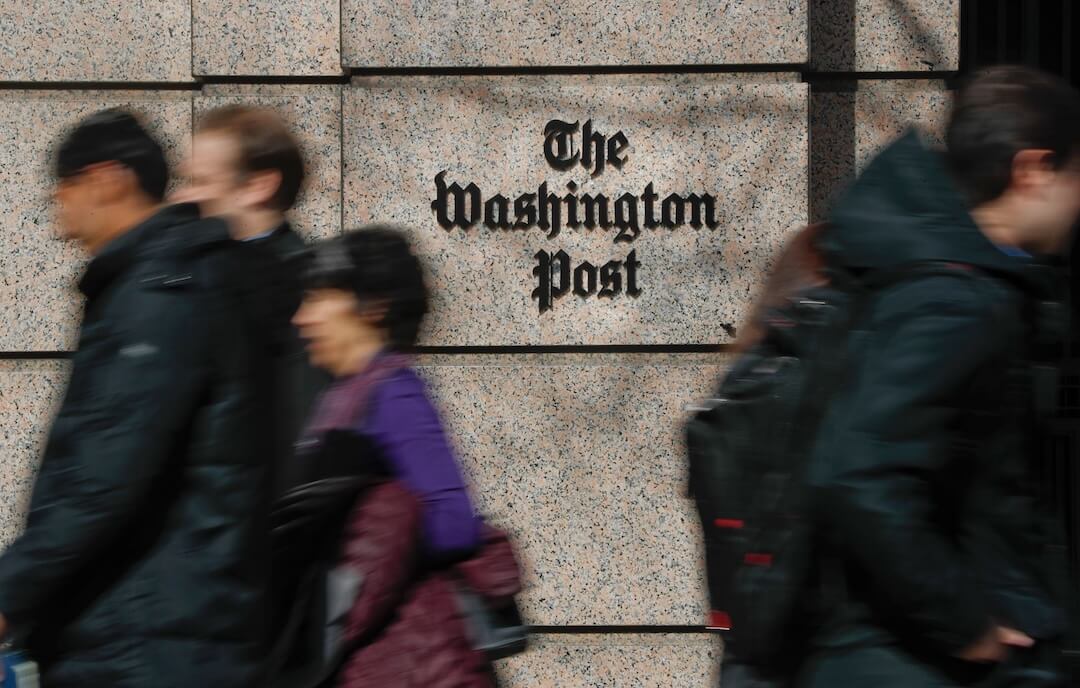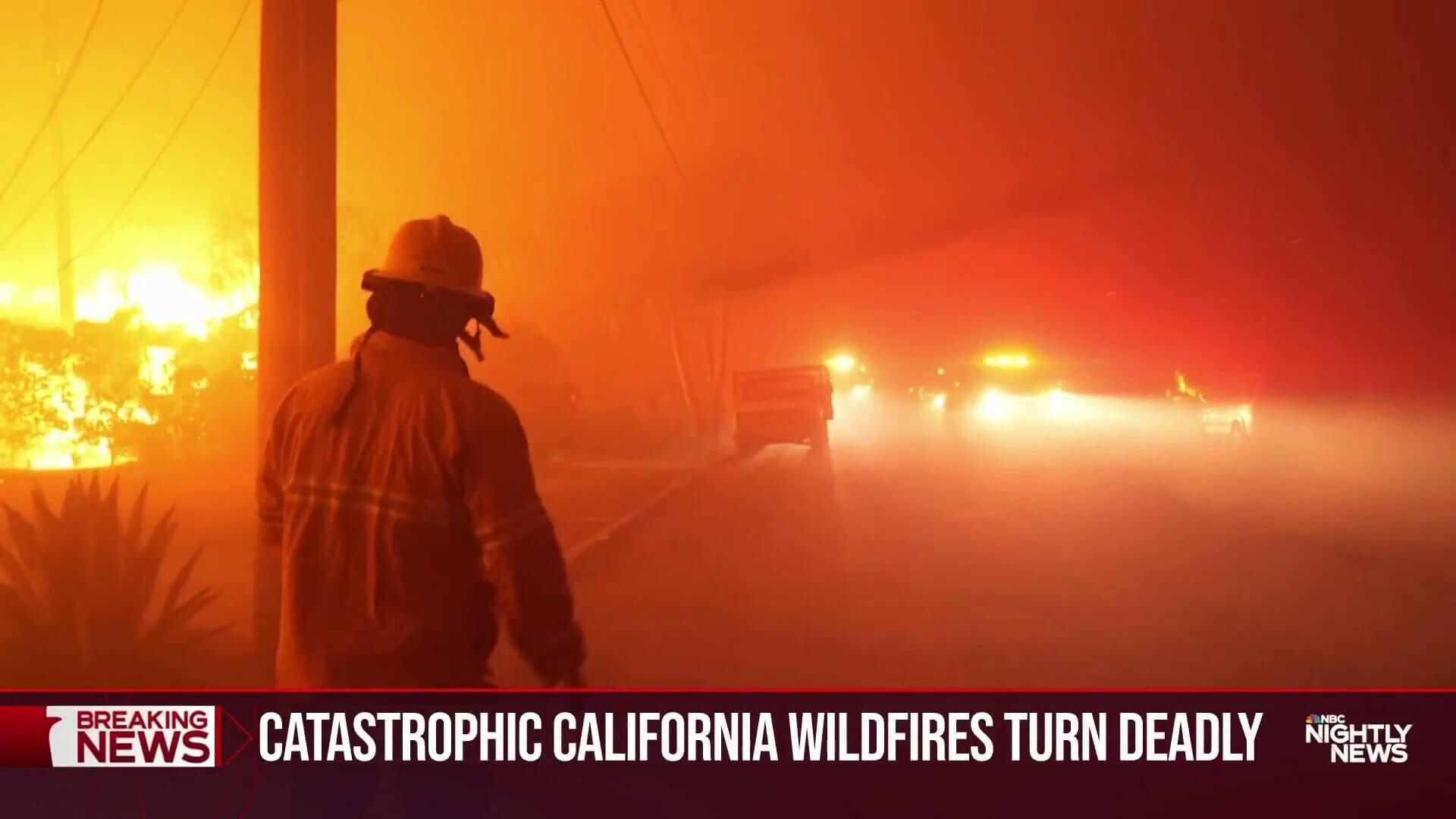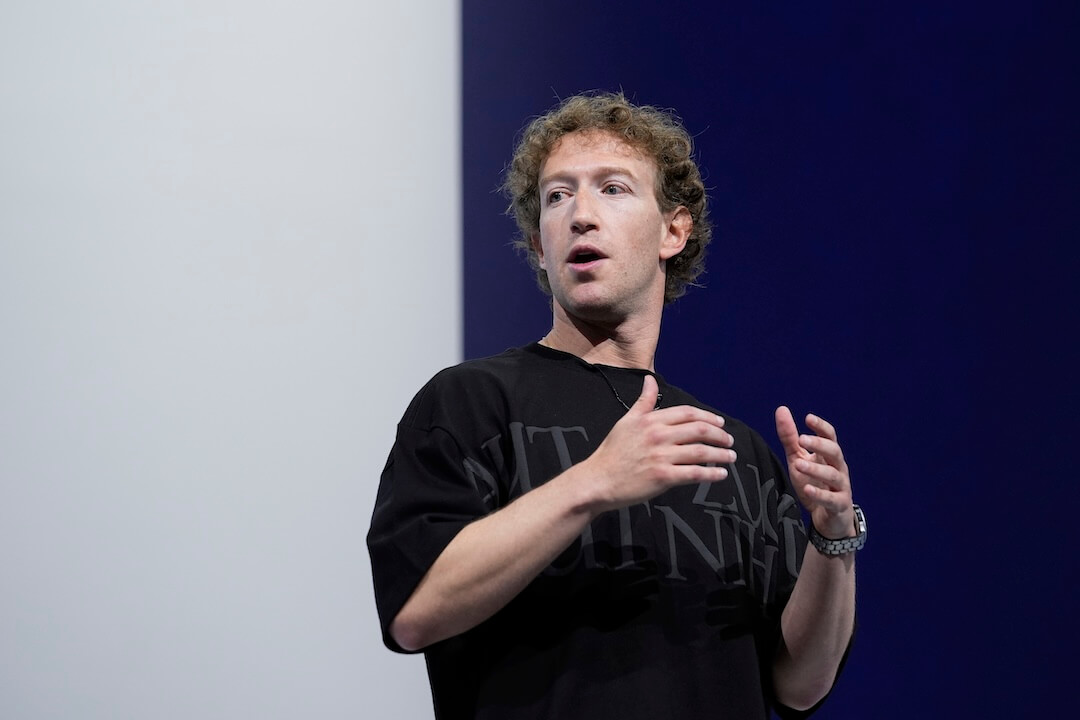 Covering COVID-19 is a daily Poynter briefing of story ideas about the coronavirus and other timely topics for journalists, written by senior faculty Al Tompkins. Sign up here to have it delivered to your inbox every weekday morning.
Covering COVID-19 is a daily Poynter briefing of story ideas about the coronavirus and other timely topics for journalists, written by senior faculty Al Tompkins. Sign up here to have it delivered to your inbox every weekday morning.
Politico summed up what’s next this way:
The ban on evictions — which applies to rentals that are backed by the government — expires in a matter of weeks. On top of that, the federal boost to unemployment benefits that many laid-off workers have used to pay their rent is set to end July 31.
Just how big is the backlog of apartment evictions? Look at this post from Michigan’s Supreme Court, which is trying to brace for the soon-to-come day when the temporary ban on COVID-19 related evictions will expire:
Given that approximately 17,000 landlord/tenant cases are filed each month, the State Court Administrative Office estimates that more than 75,000 cases could potentially be filed in district courts statewide once the pause in case filing is ended.
The Census Bureau’s weekly household survey shows about one in five households did not pay their June rent. Women were more likely than men to miss rent payments, as were households with children and, of course, households where at least one member had lost a job during the pandemic.
The Associated Press reported:
In a sign of what could happen nationally, Virginia has seen a crush of proceedings since eviction hearings resumed May 18. About 700 cases already have been heard statewide, according to Christie Marra, director of housing advocacy for the Virginia Poverty Law Center. On top of that, 2,200 cases are on the docket for the end of June and early July in Richmond, which has one of the country’s highest eviction rates.
Rachel Garland, an attorney at Community Legal Services in Philadelphia, said her group has experienced a spike in calls from tenants who lost their jobs due to the lockdown and fear being evicted. Philadelphia had the fourth-highest eviction rate in the country.
“Even if they can’t be evicted right now, if the courts are closed, the landlords are sending threatening emails, text messages, asking for rent, threatening to lock tenants out,” Garland said.
Politico pointed out that “Black and Latino people are twice as likely to rent as white people, so they would be most endangered if the protection from removal is ended.”
I am seeing this story move all over the county.
After nearly three months on pause, some Bexar County courts will again hear eviction cases starting this week, allowing landlords to force out families who fell behind on rent amid soaring unemployment.
Advocates fear a wave of evictions once hearings in landlord-tenant court resume in Philadelphia on July 6 and suspended evictions begin July 10 in Pennsylvania. New Jersey’s ban on evictions ends two months after the governor declares an end to the health crisis.
The Milwaukee Journal said evictions are running 42% above a year ago. In Milwaukee County alone, 566 evictions suits were filed in the first two weeks of June. That would be 57 lawsuits a day in a five-day week. That would be seven lawsuits an hour or one every 10 minutes. It boggles my mind. Imagine what a bigger city will see.
COVID-19 fraud and stolen unemployment checks
Criminals are stealing unemployment payments nationwide. The AP reported:
“About 10% of (unemployment insurance) payments are improper under the best of times, and we are in the worst of times,” Scott Dahl, the inspector general for the U.S. Labor Department, told the House Subcommittee on Government Operations. Dahl estimated that at least $26 billion in benefits could be wasted, with the bulk of that going to fraudsters.
The New York Times reported on a U.S. Secret Service memo that said a well-organized Nigerian fraud ring targeted state unemployment systems. The memo said Washington, North Carolina, Massachusetts, Rhode Island, Oklahoma, Wyoming and Florida were among the 11 states that the thieves hit.
The Times reported:
At Western Washington University in Bellingham, Wash., more than 400 out of about 2,500 total employees have been targeted with fraudulent claims, Paul Cocke, the university’s spokesman, said.
This is not the ‘second wave’ of COVID-19. Will there be one?
Physicians tell us that the increases in COVID-19 cases in Texas, Florida and Arizona over the last week are not the “second wave” that Dr. Anthony Fauci and other have warned about. This is still the “first wave,” still rolling over the countryside.

In this graphic from Johns Hopkins University, green means a decline in new cases. The graphic turns white, pink and red as new cases increase. Generally, northeastern states are seeing cases decline while southern states and states further west are still finding new cases. Data from June 14.
A “second wave” of COVID-19 could come in the fall. A “third wave” is possible in 2021 as viruses do emerge year after year, sometimes with small modifications, which makes vaccines even more difficult to fine-tune. There are no official definitions for what constitutes a “wave.”
It is not inevitable that there will be a second or third phase, but history shows us such things do commonly happen. The Center for Evidence-Based Medicine pulled the data from the last 100-plus years and found that the second wave is sometimes more severe than the first.
The last five outbreaks, since 1957-58, occurred in the space of two years;
Five outbreaks are described as having a second phase
2009-10 had two mild phases;
2002-2003 had several phases that occurred within one year;
1957-58 had two phases that were equally severe;
1889-92 and 1918-20 had two phases with the latter being described as more severe.
The center said the whole notion of “waves” is something of a misnomer. Waves, as in sea waves, move in a rhythm, and there is a defined trough between them. But data does not show the viruses move like that.
It has been suggested that previous pandemics are characterized by waves of activity spread over months. However, there is inconsistent evidence of such patterns across all of these eight influenza epidemics and pandemics. As they go on to quickly exhibit seasonality in the ensuing years and along with other acute respiratory viruses tend to favour seasonal cold-weather patterns of circulation.
“Waves” imply a lack of viral circulation which is probably an illusion.
It is possible that some of the secondary “waves” or phases were caused or favored by co-circulation of other microorganisms. Waves are also visible and mostly rhythmical. There does not appear to be any pattern or rhythm to the epidemics summarised in the table and their comings and going are only visible because of the effects on the human body and their impact on society.
Perhaps we should call them “phases” or “cycles” or COVID-19 2.0?
Exhaustion. Anxiety. Depression.
I talk with journalists around the world nearly every day. I have never had so many tell me, unsolicited, how exhausted they are right now.
They can’t point to one central reason. It is a combination of the pandemic, George Floyd’s death and the protests that followed, uncertainty over the economy and their jobs, not knowing how the summer and fall will unfold for their families — it’s all of that and more.
I don’t know about you, but working at home I find I work many more hours than when I was working out of the office. Because we do not have to pack up to go home, we don’t hit the “off” button.
The Census Bureau publishes a weekly “flash” survey that shows the data behind what you are feeling. In the last week, anxiety among Black Americans rose above other racial groups, with 41% of respondents saying they are suffering from depression and/or anxiety symptoms.
The Washington Post put the data into context:
An essay in Rolling Stone called what you may be feeling “moral fatigue”:
Similarly, Dr. Adam L. Fried, a professor of psychology at Midwestern University and a clinical psychologist with a private practice, has noticed that the overall stress of the coronavirus outbreak has taken a toll on many of his patients — on top of having to deal with moral fatigue. “For many, there seems to be more at stake in terms of these everyday decisions, both for ourselves, our loved ones and others around us,” he tells Rolling Stone. “Many of us aren’t accustomed to having to consider severe possible consequences resulting from normally mundane errands and tasks.”
Of course, the moral fatigue is taxing in itself, but we also have to keep in mind that making any type of difficult or ethically complex decision is stressful, even under the best circumstances. In other words, it’s not only the frequency at which we’re now making tough choices — the decision-making process itself can be mentally and emotionally exhausting when there is not a clear choice. “We know from research with professionals, such as health care workers, that having to make difficult ethical decisions, in which there may not be a clear ‘right answer,’ can be highly stressful and take an emotional toll on people,” Fried explains. “These can include feeling emotionally exhausted, increased feelings of self-doubt and burnout.”
Will COVID-19 change TV set design?
For 60-plus years, TV news sets have included anchors sitting side-by-side in some fashion, elbow-to-elbow. TV stations spend boatloads of money on these sets and, someday, probably, anchors will come back to the studio. Will sets have to be redesigned so anchors sit 6 feet apart?
TVNewsCheck interviewed set designers and found that, for now, they are telling one anchor to sit at the desk and another to stand at a video wall.
Diane “DiFi” Fiolek, vice president and creative services director at Devlin Design Group, said, “We’re not seeing a radical departure from anchors at a desk … Desks are not getting bigger.”
One trend that is expanding is automation, so there is even less human contact. Kathy Skinski, general manager for broadcast and media for Planar, told TVNewsCheck that stations that still use live, manned studio cameras are moving to robotics to cut down the number of people in the studio (and on the payroll).
What’s the deal with vitamin K?
Let me say upfront, the excitement caused by stories about how cheese might do something to ward off COVID-19 were, to put it charitably, generous in their optimism.
Researchers in one Dutch town think they have found that a lot of COVID-19 patients who died or were hospitalized were also deficient in a vitamin found in spinach, eggs, and hard and blue cheeses. Vitamin K contributes to the regulation of clotting and helps protect against lung disease — both of those are affected by COVID-19.
The Dutch study involved about 300 people, and now researchers want money to do a bigger study.
Vitamin K is in most multivitamin supplements. I looked up the foods with the most vitamin K in them. Sadly, peanut butter and ice cream did not make the list.

(National Institutes of Health)
Before you start gulping down vitamin K tablets, you might want to let the studies go a few miles down the road to see whether this lives up to the hype.
We’ll be back tomorrow with a new edition of Covering COVID-19. Sign up here to get it delivered right to your inbox.
Al Tompkins is senior faculty at Poynter. He can be reached at atompkins@poynter.org or on Twitter, @atompkins.








